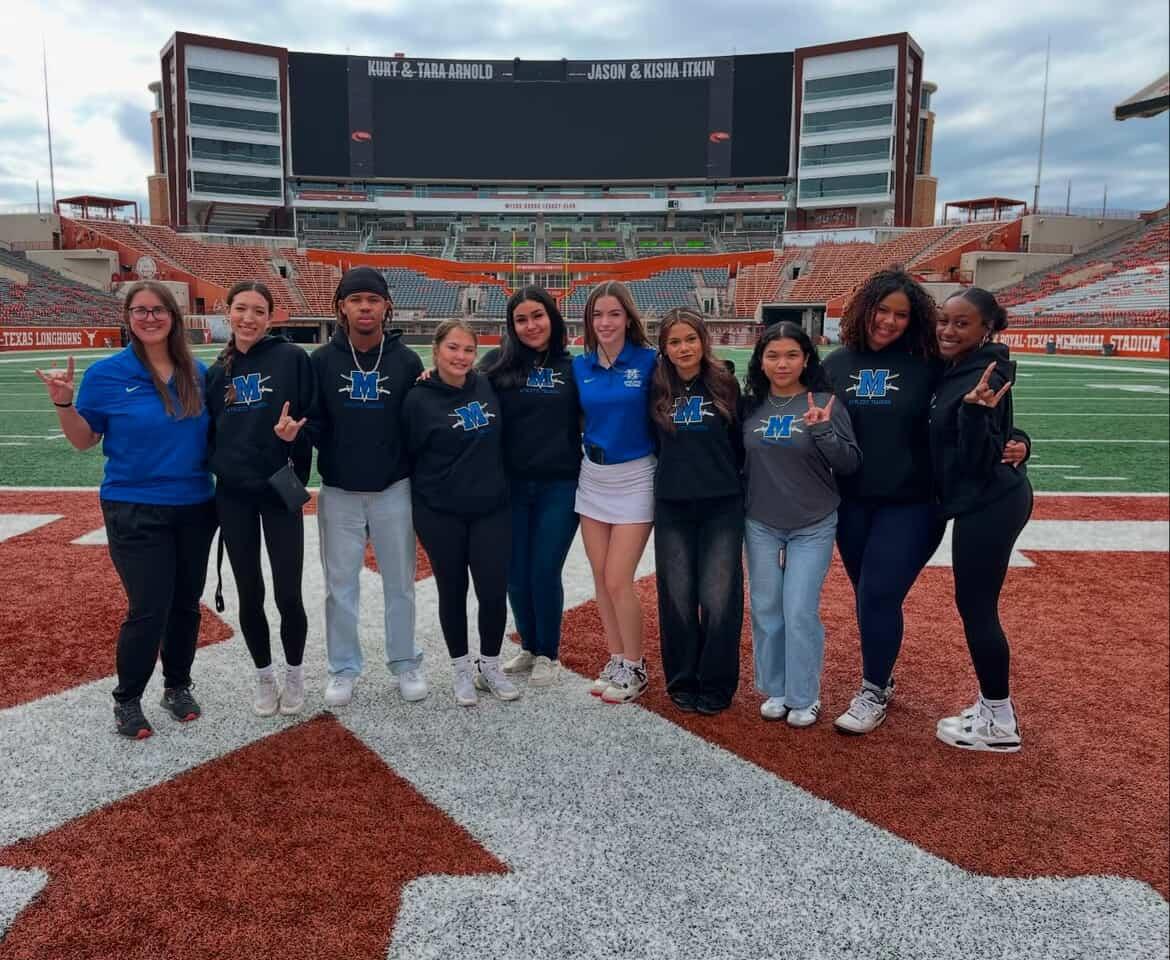The 2024–25 college football season will be remembered for more than its playoff drama and breakout stars. It marked a turning point in the sport’s identity, a year when tradition clashed with realignment. As powerhouse programs settled into new conferences, the ripple effect was felt most deeply in one of college football’s most sacred institutions, the rivalry game.
For over a century, rivalries like Texas vs. Texas A&M, Oklahoma vs. Oklahoma State, and Michigan vs. Ohio State have been more than just football games. They’ve been cultural events, annual chapters in stories that have been going for generations, that connect students, alumni and entire states. But after this season’s realignment upheaval, many of those rivalries are now missing, changed or barely holding on.
One of the highest-profile changes came with the Bedlam rivalry, which officially ended after the 2023 game when Oklahoma joined the Southeastern Conference and Oklahoma State remained in the Big 12. Though both schools expressed interest in continuing the series, scheduling and conference commitments made a future matchup unlikely.
“Why are they ending the Bedlam game? I don’t see that helping either school. Does OU think they’ll be too big for OSU once they get in the SEC?” wrote one longtime Sooner fan in a Reddit thread that gained traction during the season. “I have watched this game with my family since I can remember, it’s an Oklahoma tradition!”
The Texas vs. Texas A&M rivalry finally returned this past season after a 13-year hiatus, reigniting one of the fiercest in-state battles in college football. But even as fans celebrated its revival, others worried that similar matchups might not be so lucky.
Meanwhile, the Pac-12’s collapse sent iconic West Coast rivalries into disarray. While Southern California and UCLA both landed in the Big Ten, former rivals like Oregon State and Washington State were left behind, raising questions about the future of the Civil War (Oregon vs. Oregon State) and the Apple Cup (Washington vs. Washington State). Although some of these games continued in 2024 as non-conference matchups, their long-term status remains unclear.
“It’s not just about money,” said ESPN analyst Paul Finebaum. “It’s about what makes college football different. Lose the rivalries, and you start to lose the soul of the sport.”
The changes stem largely from schools chasing higher revenue through conference realignment, spurred by new television contracts and the expanded College Football Playoff system. While the moves make financial sense for athletic departments, they’ve left fans, and even players, wondering what’s being sacrificed in return.
“I’m very happy and very blessed to have the opportunity to be in a great game,” said defensive back Stephen Roberts, reflecting on the magnitude of the Iron Bowl (Auburn/Alabama) rivalry. “It’s one of the biggest games ever, the Iron Bowl.”
Some rivalries have proven resilient. The Army-Navy game remains a national tradition with President Donald Trump attending the most recent one. The Michigan vs. Ohio State showdown continues to define the Big Ten season. And even in this era of change, schools are trying to find ways to preserve their most meaningful matchups, sometimes scheduling rivals as non-conference opponents.
Still, with more expansion and realignment expected in the coming years, nothing feels guaranteed.
“We’re watching history get rearranged in real time,” said college football historian Andrew Brandt. “And once some of these games disappear, there’s no guarantee they’ll come back.”
As the dust settles from the 2024–25 season, one thing is clear: the identity of college football is shifting. Whether it holds on to its most sacred traditions, the rivalry game, will define which direction the sport goes.














March • Jun 4, 2025 at 9:29 pm
Great article V, I’m impressed